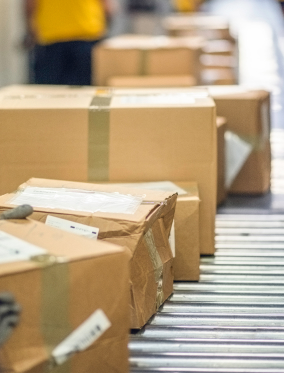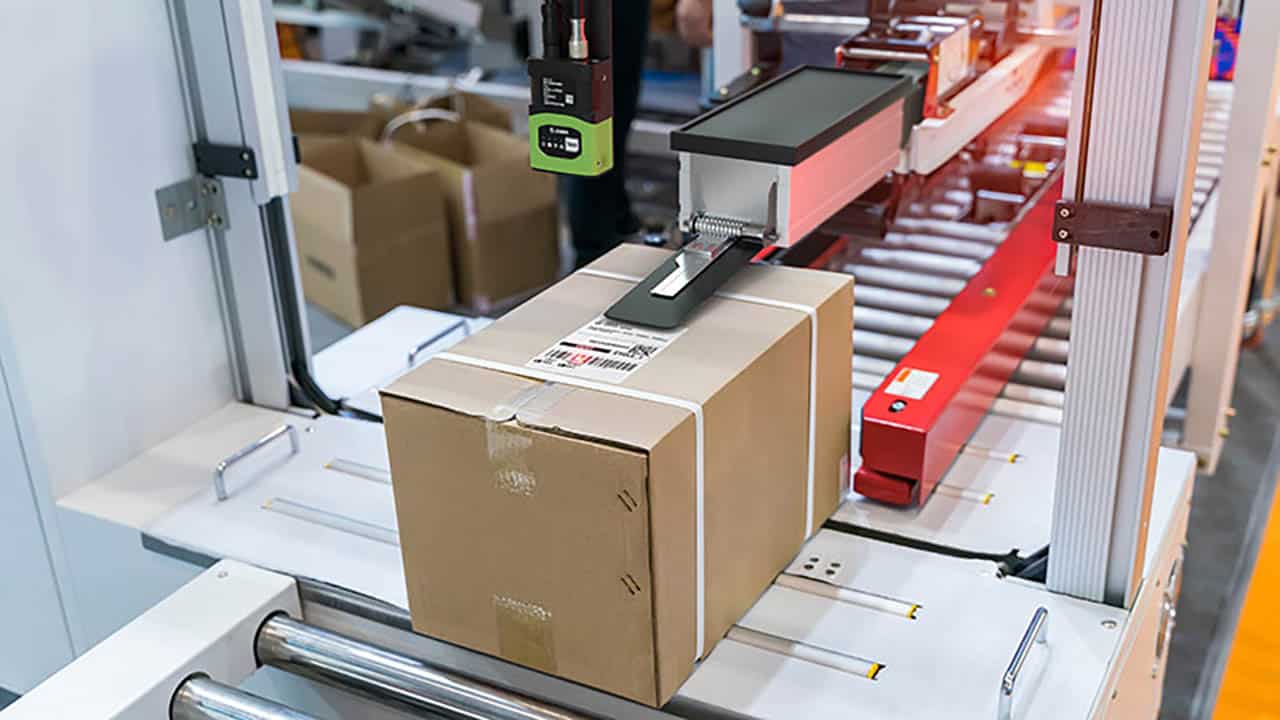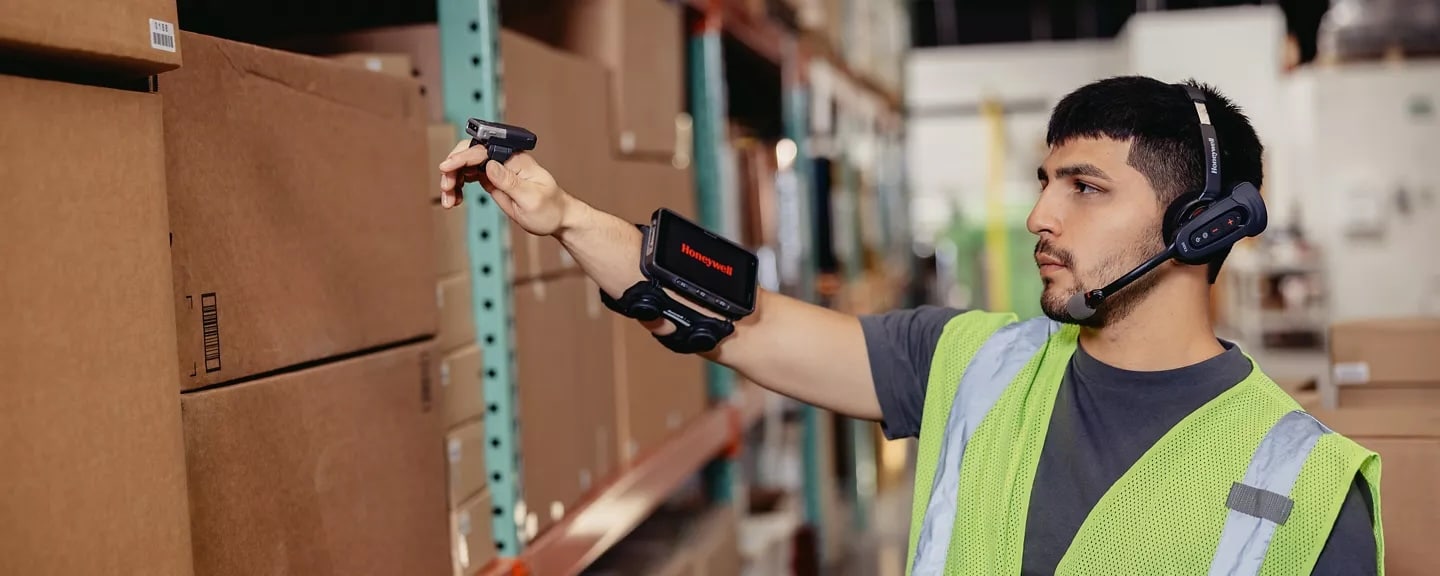When consumers began buying everything from shoelaces to barbell sets online during the pandemic, retailers, distributors and package delivery companies started doing something unprecedented: firing suppliers of the products they sell or ship. Suppliers, that is, who habitually violated vendor compliance rules by shipping improperly packaged products that required extra handling.
“We were running close to capacity even before the pandemic because of e-commerce, but now we’re having to turn business away,” says a supply chain executive at a major logistics provider. “There’s an operational cost any time a product goes down the reject shoot, so under these circumstances we’d rather give that precious capacity to somebody else.”
On average, vendor compliance mistakes cost companies between $350 to $800 for each instance, which over time, can add up. This is why companies have been forced to fire suppliers who continuously violate vendor compliance requirements.
Breakthroughs in AI and analytics make it possible for companies to help vendors comply with their guidelines, which can lead to increases in ROI along with increases in customer satisfaction. Rather than monetize mistakes through chargebacks, logistics companies can use this data to avoid mistakes in the first place. It is more cost-efficient to help merchandise vendors perform optimally than to seek maximum compliance penalties.
Why vendor compliance is important
Historically, these retailers and logistics companies were content to exact a “vendor chargeback” to cover their costs when merchandise suppliers shipped packages with incorrect recipient addresses, smudges or incorrect barcodes, or used flimsy packing tape that caused the contents to spill out at the loading dock.
On average, every such instance costs the merchandiser $350 to $800, according to the Retail Value Chain Federation (RVCF). Add them up, and these vendor compliance deductions are nothing to sneeze at. In the case of major retailers, chargebacks typically run between 1% and 5% of the total value of the merchandise shipped.

Non-Compliance
The current capacity squeeze highlights a reality that used to be easier to ignore: that it’s better to help merchandise vendors become better partners than to seek to maximize penalties. “Vendor compliance failures amount to a lot of money,” says RVCF founder Kim Zablocky. “The focus has to be on putting that genie back in the bottle and on getting both sides — retailers and vendors — to perform optimally so chargebacks are no longer necessary.”
Improving Vendor Compliance with AI and Analytics
Fortunately, breakthroughs in analytics and artificial intelligence are making it possible for companies to work on improving their vendor relationships by helping them better comply with their guidelines.
Advanced Analytics Allow You to Do More with Your Package Imagery
The idea is simple: these software technologies let organizations learn far more about vendors’ performance from data they already collect. For example, logistics companies for decades have used camera tunnels to capture images of packages from every angle as they speed past on conveyor belts. This is to make sure the barcode is read so the product can be properly routed and also for auditing purposes in case of disputes.
“Vendor compliance failures amount to a lot of money. The focus has to be on [getting] both sides — retailers and vendors — to perform optimally so chargebacks are no longer necessary.”
Kim Zablocky, RVCF founder
But with cutting-edge analytics and, increasingly, machine learning systems, companies can do far more with these images. For instance, our customers can use insights from this data to organize these images into a visual record of each package’s journey through their facilities. In most cases, this makes it easy to identify why a package was diverted to the reject shoot. As a result, the quality assurance personnel charged with troubleshooting these problems have a big head start on getting the package back on its way — and in helping the engineering or operations teams find ways to prevent the problem from occurring again.
Real-Time Insights Expose Root Cause of Problems and Boost ROI

One major delivery company, for example, captures millions of images every day via 1,200 camera tunnels in more than 100 distribution centers. Software can help aggregate, filter and analyze the vast amount of information collected, and produce a single source of truth to help determine why issues are arising.That way, for example, vendors can see whether those smudged labels were the result of their use of lower-quality printers, their failure to clean dirty printheads or because of something that occurred while the product was in transit to the distribution center. Did a no-read occur because a barcode reader was on the fritz, or because the barcode was hidden due to the way the box was banded together with another package?
There’s also technology available that monitors “package integrity.” Is there a flap starting to come open? Is there a crushed corner on the box, or a tear that could cause products to be lost in transit? “There are huge perception implications if you deliver a damaged product to the recipient, so we’d rather repackage and ship it in a good box,” says an executive from the company.
While analytics and AI technologies have been available (and improving) for years, using them was a costly endeavor that was often reserved for applications where it could have the biggest sales impact, such as figuring out dynamic pricing or honing recommendation engines. Now, the availability of highly scalable cloud platforms has driven down the cost of analyzing massive amounts of historical data, thereby “training” back-end machine learning systems to spot ways to improve in other areas, such as logistics. And thanks to advances in edge computing, smart cameras and other devices can apply those insights in real-time, increasing the return-on-investment of such projects.
The Rising Cost of Non-Compliance
What’s more, the massive pressure created by the eCommerce boom and the expectation of on-time deliveries raises vendor compliance to mission critical status. Parcel growth grew more than 20% in 2020 and is expected to double to 220 billion packages in 2026, according to the Pitney Bowes Parcel Shipping Index. “In this climate, no amount of chargeback revenue can fully compensate for lost productivity,” says Daniel Newman, founder and principal analyst for Futurum Research.
“With the pandemic, we’ve seen a lot of container delays and parts shortages, so effective supply chain planning is more important than ever,” says Newman. “The ability to blend technologies like cameras, analytics and especially AI could be integral to those approaches as delivery service companies and vendors strive to improve efficiency and control costs.”
220b
Projected parcel shipping
volume by 2026, doubling
2020’s total volume
Indeed, vendors have never had more of an incentive to improve their compliance. According to Transportation Insight, parcel carrier costs will rise 8.5% in 2021. FedEx, for example, recently increased the “additional handling” surcharge it assesses for heavy, oversized or unwieldy packages to $3.50 per parcel, from $3, on domestic air and ground deliveries, according to Modern Shipper. The publication noted that “peak season is no longer associated with the Christmastime holidays but has become a year-round phenomenon. The sellers’ market for parcel-delivery services has never been hotter than it is today, and all carriers have as much traffic as they can handle.”
In such an environment, logistics operations can’t afford to go easy on enforcing their vendor compliance policy. “If a retailer says don’t put something on hangers and it gets shipped on hangers, then guess what? You’re going to get charged,” says Bill McBeath, chief research officer for ChainLink Research, a supply chain management consultancy. He says some of his clients report chargebacks equal 5% of their revenues. “That just blows my mind,” he says. “How can any business live with that kind of profit-eating?”
Using Data to Forge Closer Partnerships
Of course, the key to improving vendor compliance rests not in just understanding the causes, but in using that information to help vendors address them. McBeath suggests businesses conduct an audit to narrow in on the particular problems each vendor is having, and then assign an interdisciplinary team from both companies. The group should include warehouse managers, process and operations engineers, and equipment vendors including AI and camera vendors. And don’t forget front-line workers. “They understand the details of how work is actually done better than anyone,” he says. “If you don’t bring them in, it is very likely you will settle on a solution that has significant flaws.”
“Some of my clients report chargebacks equal 5% of their revenues. That just blows my mind. How can any business live with that kind of profit-eating?”
Bill McBeath, Chief research officer at ChainLink Research
Also, don’t get too focused on one particular type of telemetry or data source, advises McBeath. The more sources of data, the better — such as instructions that the warehouse management system is providing to workers, scans from barcode and RFID tags, weights from scales and the output of sensors for everything from pick-and-place systems, labeling machines and pallet-building machines. “The more relevant data that is fed to the AI, the more holistic the picture you will come up with.”
Done right, such a process will reveal the full extent of the “dark matter,” as Zablocky calls the costs associated with participating in a “chargeback economy,” that is costing both carriers, retailers and vendors historic amounts of money.
“The average person doesn’t know that so much chargeback money is flowing back and forth across the retail industry in the United States,” Zablocky says. “Whether it’s breakages, shortages or label failure, there’s always some disruption keeping distribution networks from flowing properly.”
Once participants admit that chargebacks are a sign of failure rather than a revenue stream (if you’re a carrier) or an unfortunate cost of doing business (if you’re a vendor), they can begin collaborating to move to a system based on greater flexibility, efficiency and increased bottom line.
Peak Technologies’ team of experts are well versed in each step of the supply chain. Contact us today to learn more about how we can help improve vendor compliance within your business.



































